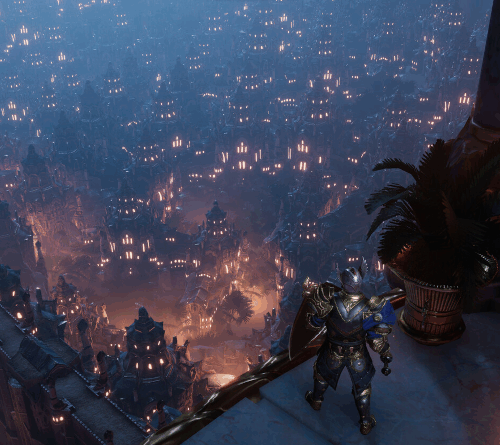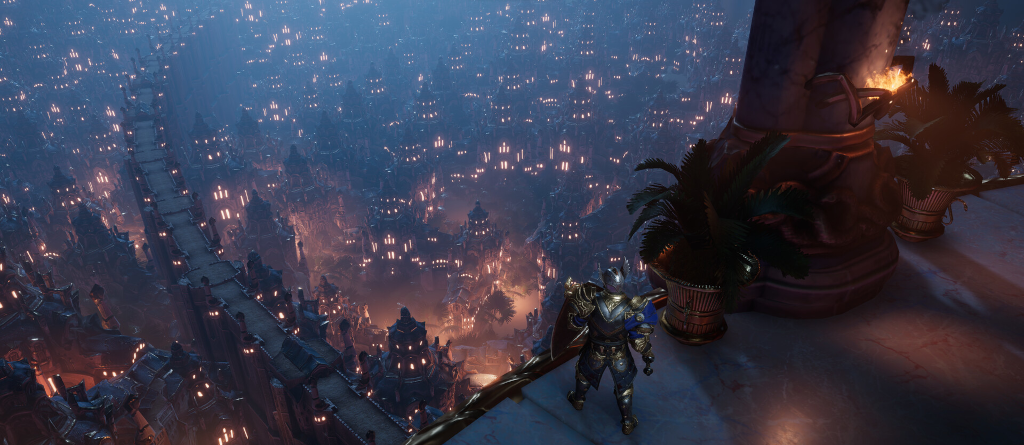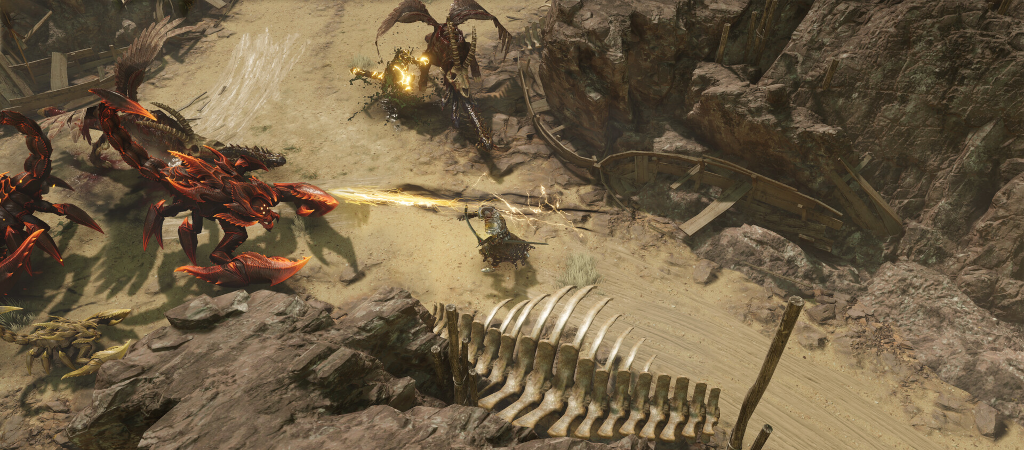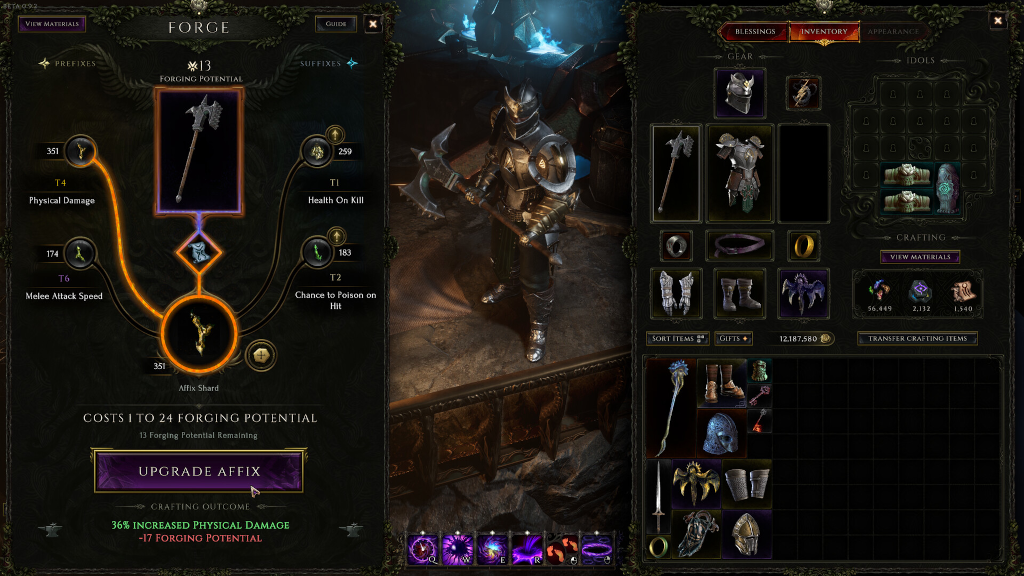In the highly competitive landscape of action role-playing games (ARPGs), three titans are currently battling for supremacy: Blizzard’s flagship Diablo 4, Grinding Gear Games’ Path of Exile 2, and the relative newcomer, Last Epoch from indie studio Eleventh Hour Games. While the first two enjoy the spotlight of massive marketing budgets and established franchises, Last Epoch has quietly been carving out its own dedicated following since its full release in February 2024 after five years in Early Access.
With the recent launch of Season 2: Tombs of the Erased on April 17, 2025, Last Epoch is demonstrating it has the depth, polish, and innovation to not just survive but thrive in this competitive genre. Let’s examine why this time-traveling ARPG has captured players’ attention and how it stacks up against its more famous rivals.
Season 2: Tombs of the Erased – A Massive Evolution
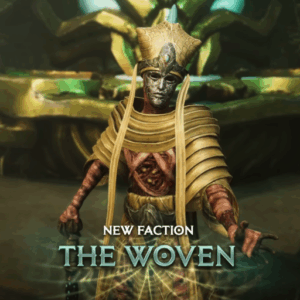 Season 2 represents the largest update in Last Epoch’s history, with the developers noting it spans over 100 pages of patch notes internally. The aptly named “Tombs of the Erased” brings substantial endgame content, quality-of-life improvements, and systems that address player feedback directly.
Season 2 represents the largest update in Last Epoch’s history, with the developers noting it spans over 100 pages of patch notes internally. The aptly named “Tombs of the Erased” brings substantial endgame content, quality-of-life improvements, and systems that address player feedback directly.
The new season introduces players to The Woven, a mysterious faction devoted to a powerful Titan called the Weaver who is creating what she believes to be a perfect world. This lore-rich addition expands the game’s time-traveling narrative while offering practical gameplay benefits through the new Weaver Tree progression system that allows players to customize their endgame experience.
Key additions include procedurally generated Tombs of the Erased that can spawn in Monolith Echoes, Cemeteries of the Erased with new objectives and bosses, and a new currency called Memory Amber that serves as the backbone of the new Woven faction reputation system. The widely praised crafting system has been enhanced further with set item crafting, idol enchantments, and improved legendary potential mechanics.
The Sentinel class has received a complete rework, and the game now supports optional WASD movement controls—a feature many players have requested since launch. The update also includes significant improvements to the Monolith of Fate endgame system and dungeons, with new ways to modify and interact with these core gameplay loops.
Player Response to Season 2
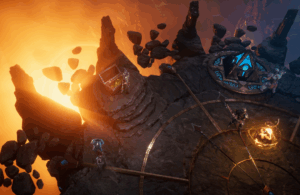 The community’s response to Season 2 has been overwhelmingly positive. After the update launched, Last Epoch’s concurrent player count on Steam soared to over 150,000—a dramatic increase from the few thousand active players before the update and even surpassing Path of Exile 2’s numbers at the time of writing.
The community’s response to Season 2 has been overwhelmingly positive. After the update launched, Last Epoch’s concurrent player count on Steam soared to over 150,000—a dramatic increase from the few thousand active players before the update and even surpassing Path of Exile 2’s numbers at the time of writing.
This surge can be attributed not only to the quality of the Season 2 update but also to some fortuitous timing. Last Epoch was originally scheduled to release Season 2 on April 2, but the developers made the strategic decision to delay it to April 17 after learning that Path of Exile 2 was planning a major update around the same time. This delay proved advantageous as Path of Exile 2’s recent update faced significant backlash from its community over controversial balance changes.
The player influx was so substantial that Eleventh Hour Games had to address server status concerns during the first hours after launch, though the situation has since stabilized. Players are particularly praising the seamless integration of new systems, the enhanced crafting options, and the robust endgame progression paths.
The Last Epoch Advantage: Depth Without Overwhelm
What makes Last Epoch stand out in the ARPG landscape is its ability to offer deep, engaging systems without overwhelming newcomers—a delicate balance that both Diablo 4 and Path of Exile 2 have struggled with in different ways.
Class and Skill System
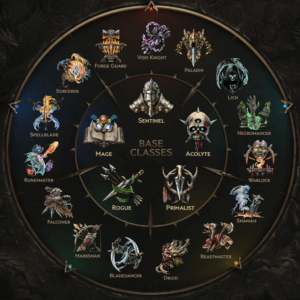 Last Epoch features five base classes (Acolyte, Sentinel, Rogue, Mage, and Primalist), each with three specialized masteries that dramatically alter gameplay. This creates 15 distinct playstyles, each with its own unique mechanics and aesthetic. While this number is smaller than Path of Exile 2’s, the depth comes from Last Epoch’s innovative skill system.
Last Epoch features five base classes (Acolyte, Sentinel, Rogue, Mage, and Primalist), each with three specialized masteries that dramatically alter gameplay. This creates 15 distinct playstyles, each with its own unique mechanics and aesthetic. While this number is smaller than Path of Exile 2’s, the depth comes from Last Epoch’s innovative skill system.
Unlike traditional ARPGs where skills are relatively fixed entities, Last Epoch gives each skill its own skill tree, allowing for incredible customization. A single skill can be transformed in dozens of different ways, creating build diversity that rivals even Path of Exile while remaining more accessible to understand and implement.
Crafting and Itemization
Perhaps Last Epoch’s greatest strength is its crafting system, which strikes a perfect balance between randomness and deterministic outcomes. Players can systematically work toward specific item modifications rather than relying purely on RNG—a pain point in both Diablo 4 and Path of Exile 2.
The system allows for “shaving” affixes off unwanted items to apply to desired ones, creating a constant stream of meaningful item upgrading decisions. The addition of set item crafting in Season 2 further enhances this system, giving players even more agency over their gear progression.
Last Epoch also features a built-in, highly customizable loot filter that puts even Path of Exile’s renowned filter system to shame in terms of user-friendliness, while far exceeding Diablo 4’s limited filtering options.
Endgame Systems
While Diablo 4 has often been criticized for a shallow endgame, Last Epoch’s Monolith of Fate system offers a compelling alternative to Path of Exile 2’s mapping system. Season 2’s addition of the Weaver Tree allows players to customize this experience further, adding modifiers and specializations that tailor the endgame to their preferred playstyle.
The new Tombs and Cemeteries of the Erased add variety to this loop, while the Woven Echoes system provides targeted farming opportunities—addressing a common complaint about random loot systems in ARPGs.
Comparisons to the Competition
Last Epoch vs. Diablo 4
Compared to Diablo 4, Last Epoch offers significantly more build diversity and depth. While Diablo 4 excels in production value with stunning visuals, cinematic cutscenes, and a more accessible entry point, it falls short in long-term engagement for hardcore ARPG fans.
Last Epoch’s skill system allows for exponentially more viable builds than Diablo 4’s more constrained class designs. Additionally, Last Epoch’s crafting makes each item drop potentially valuable, whereas Diablo 4’s itemization has often been criticized for lacking meaningful progression outside of extremely rare drops.
Another significant advantage is that Last Epoch can be played offline, unlike Diablo 4’s always-online requirement. It also features more generous stash space without requiring additional purchases, addressing a common complaint about Diablo 4’s inventory management.
Last Epoch vs. Path of Exile 2
Path of Exile 2 remains the most complex and deep of the three games, but that complexity is both its strength and weakness. Last Epoch positions itself as a middle ground—offering substantial depth without the intimidating learning curve.
While Path of Exile 2’s passive skill tree dwarfs anything in other ARPGs, Last Epoch’s individual skill trees provide a more focused customization experience that many players find more satisfying. Both games feature strong crafting systems, but Last Epoch’s is generally considered more approachable while still offering significant depth.
Path of Exile 2 currently offers more endgame content variety, but Last Epoch’s Season 2 update has narrowed this gap considerably. The Monolith of Fate with its new Weaver Tree offers a compelling alternative to PoE2’s atlas system.
The Future of Last Epoch
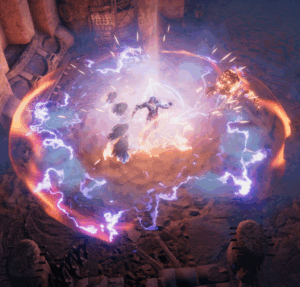 With Season 2’s success, Last Epoch has cemented its position as a major player in the ARPG space. The game has sold over two million copies since its full release, an impressive achievement for an indie studio’s first major title.
With Season 2’s success, Last Epoch has cemented its position as a major player in the ARPG space. The game has sold over two million copies since its full release, an impressive achievement for an indie studio’s first major title.
The developers have demonstrated a keen understanding of player feedback and community desires, implementing changes and improvements that directly address pain points. This responsive development approach has earned significant goodwill from the player base.
According to the development roadmap, future updates will continue to expand the game’s content while refining existing systems. The next major addition is expected to include new playable classes and expansions to the campaign.
Conclusion: The ARPG for ARPG Lovers
Last Epoch has managed to carve out its own identity in a crowded genre by focusing on what hardcore ARPG fans truly value: meaningful character building, satisfying progression systems, and rewarding gameplay loops. It lacks the production values of Diablo 4 and the overwhelming depth of Path of Exile 2, but it delivers a more consistent and focused experience that many players find hits the sweet spot.
With Season 2, Last Epoch has demonstrated that indie innovation can challenge even the most established franchises. Whether you’re a seasoned ARPG veteran looking for a new challenge or a newcomer seeking a more accessible entry point to deep action RPG systems, Last Epoch has established itself as a must-play title in 2025.
For those on the fence, the recent surge in player numbers suggests now is the perfect time to jump in. With a thriving community, responsive developers, and content that respects player time and investment, Last Epoch is proving that sometimes the most rewarding journeys come from unexpected places—or in this case, unexpected times.
Are you ready to travel through time and face The Woven in the Tombs of the Erased?

